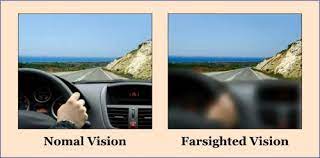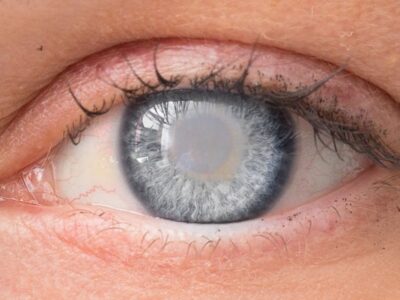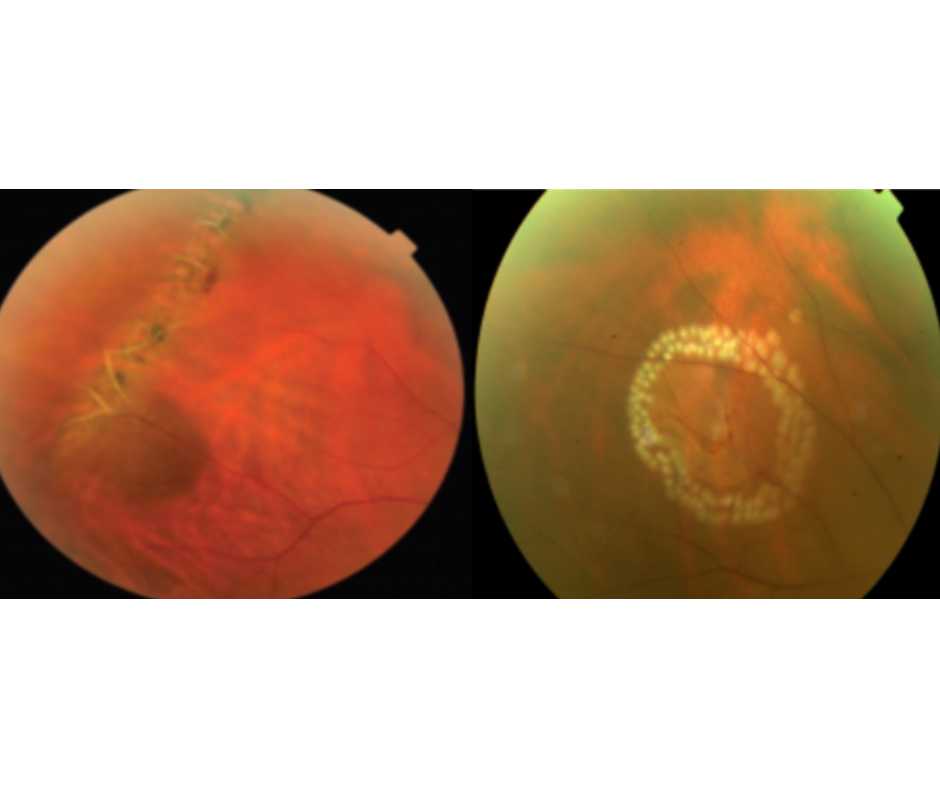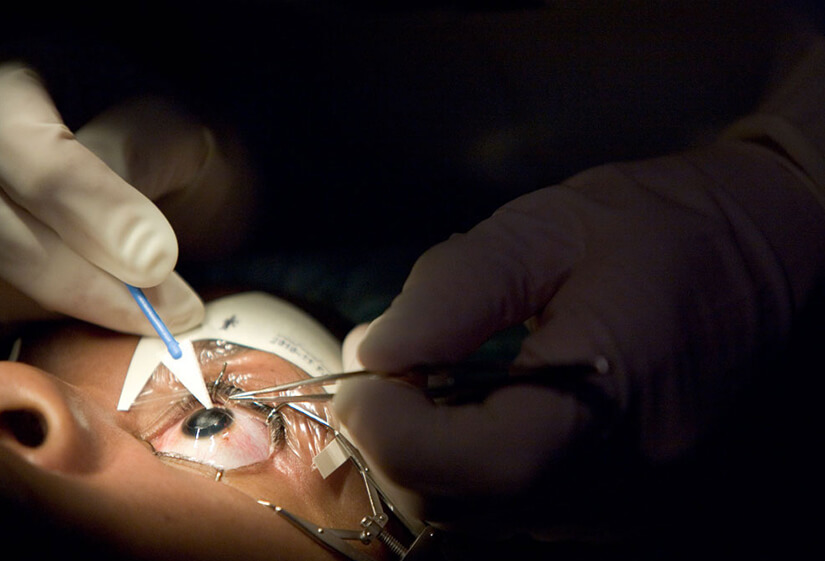Introduction: (myopia and hyperopia)
Our eyes serve as the portals through which we can immerse ourselves in the beauty and marvels of the world around us. However, for millions of people worldwide, two common vision disorders,myopia and hyperopia (Nearsightedness & Farsightedness), can make this world appear a bit blurry. In this blog post, we’ll delve into the fascinating world of these visual impairments, exploring their causes, symptoms, and treatment options.
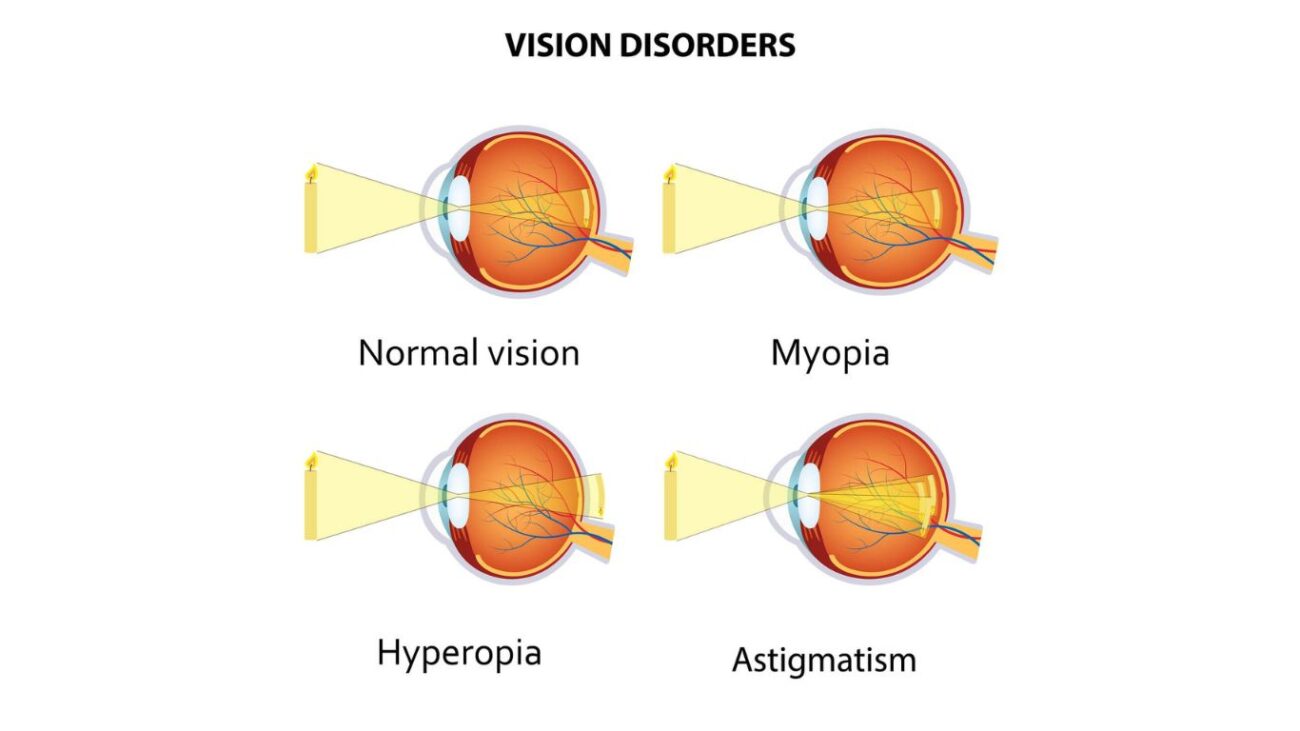
Myopia (Nearsightedness):
Understanding the World Up Close, but Blurry in the Distance
Symptoms: (myopia and hyperopia)
Indistinct vision when gazing at distant objects.
Difficulty reading road signs or the whiteboard in class.
Frequent squinting to see clearly.
Eye strain and fatigue.
Occasional headaches, especially after activities requiring distance vision.
Causes: myopia and hyperopia
Genetics:
Myopia often runs in families, suggesting a strong genetic link.
Environmental Factors:
Spending excessive time engaged in close-up activities, such as reading or screen time, can contribute to its development.
Lack of Outdoor Time:
Studies indicate that insufficient outdoor exposure during childhood may increase the risk of myopia.
Health Conditions:
Certain health conditions, like diabetes, can elevate the risk of developing myopia.
Treatment: myopia and hyperopia
Eyeglasses:
The most common and effective way to correct myopia is with prescription eyeglasses, featuring concave lenses that redirect light to focus directly on the retina.
Contact Lenses:
Soft or rigid gas permeable contact lenses offer an alternative to glasses.
Orthokeratology:
Special rigid contact lenses worn overnight temporarily reshape the cornea, providing clear daytime vision.
Refractive Surgery:
Procedures like LASIK and PRK can permanently reshape the cornea to correct myopia.
Hyperopia (Farsightedness): (myopia and hyperopia)
The Challenge of Seeing Up Close
Symptoms: (myopia and hyperopia)
Blurred vision when reading, working on a computer, or doing close-up tasks.
Difficulty focusing on nearby objects.
Eye strain, especially during activities that require close vision.
Occasional headaches, particularly after prolonged reading or screen time.
Causes: myopia and hyperopia
Genetics:
As with myopia, genetics plays a significant role in hyperopia.
Eye Anatomy:
People with shorter eyeballs or flatter corneas are more likely to be Farsightedness.
Age:
Hyperopia can increase with age, as the eye’s ability to focus on close objects diminishes (presbyopia).
Treatment:
Eyeglasses: myopia and hyperopia
Prescription eyeglasses with convex lenses help bring close-up objects into focus.
Contact Lenses:
Soft or gas permeable contact lenses offer an alternative to glasses.
Refractive Surgery:
LASIK and similar procedures can reshape the cornea to correct hyperopia.
Author Details:
Dr. Sushruth Appajigowda holds a prominent position as a Cornea, Cataract, Glaucoma, and LASIK Surgeon in Bangalore. He serves as the chief Cataract and Refractive surgeon at Vijaya Nethralaya Eye Hospital, Nagarbhavi Bangalore. Renowned as one of the finest LASIK surgeons nationwide, he brings with him over 12+ years of experience across multiple LASIK platforms, including ZEISS, ALCON, SCHWIND, AMO, and Bausch and Lomb. Having successfully conducted over 5000 LASIK procedures, Dr. Sushruth holds the title of a Certified Refractive Surgeon and a Fellow of the All India Collegium Of Ophthalmology. Furthermore, he stands as a distinguished speaker at various National and International Forums, using his expertise to guide you in selecting the most suitable procedure based on your health requirements.

Conclusion: myopia and hyperopia
In a world where clear vision is a precious gift, myopia and hyperopia can pose significant challenges. Fortunately, modern optometry offers a range of solutions to ensure that individuals with these common vision disorders can enjoy clear vision and a high quality of life. Regular eye check-ups are essential for early

